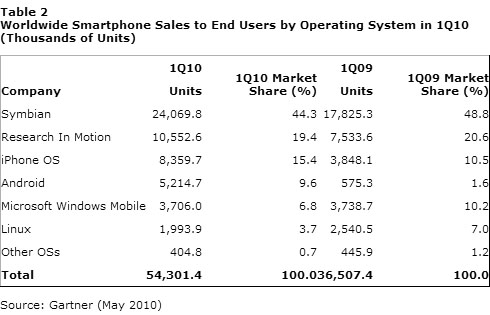One of the most promising uses of 3D printing is the creation of human tissue and organs. Proponents of the technology believe that we may one day be able to grow transplantable organs in the lab bypassing the lengthy donor process. It seems like a win-win situation for everybody, but Gartner thinks somebody will spoil the fun sooner or later.
In a new report out today, Gartner predicts that bioprinting will mature by 2015 which will increase demand for printed organs. In the following year, it expects the practice of 3D printing organs to spark ethical debates, much like the debates around stem cell research.
“3D bioprinting facilities with the ability to print human organs and tissue will advance far faster than general understanding and acceptance of the ramifications of this technology,” said Pete Basiliere, research director at Gartner. “These initiatives are well-intentioned, but raise a number of questions that remain unanswered. What happens when complex ‘enhanced’ organs involving nonhuman cells are made? Who will control the ability to produce them? Who will ensure the quality of the resulting organs?”
Despite the debates that may arise around the practice, Gartner expects demand to explode once the technology matures. The firm thinks emerging markets will be especially interested in 3D printed organs as its offers a cost-effective alternative to traditional organ transplants.
Besides organs, Gartner expects 3D printing to continually challenge the status quo in retail and manufacturing. It predicts that seven of the world’s top 10 multichannel retailers will use 3D printers to fulfill custom orders. It also expects businesses built exclusively on 3D printers to become more common in the next few years.
“Some retailers are already selling 3D printers to consumers, and as they become more readily available, consumers could use them to ‘manufacture’ their own custom-designed products,” said Miriam Burt, research vice president at Gartner. “We also expect to see 3D copying services and 3D printing bureaus emerge where customers bring 3D models to a retailer or provider and have increasingly high-end parts and designs printed, not just in plastics but in materials including ceramics, stainless steel, and cobalt and titanium alloys.”
Of course, we can’t have a discussion of 3D printing without the intellectual property hawks claiming that the technology will lead to at least $100 billion in losses annually related to IP theft.
“The very factors that foster innovation — crowdsourcing, R&D pooling and funding of start-ups — coupled with shorter product life cycles, provide a fertile ground for intellectual property theft using 3D printers,” said Mr. Basiliere. “Already, it’s possible to 3D print many items, including toys, machine and automotive parts, and even weapons.”
While it’s certainly true that 3D printers can replicate a wide variety of things, it’s hard to believe that the technology will suddenly become a breeding ground for IP theft. The only way that could ever happen is if the manufacturers of the world ignore 3D printing in favor of outdated manufacturing techniques. Toy manufacturers in particular would stand to benefit from using 3D printers as soon as possible to prevent others from making cheap, accurate knockoffs with the technology.
That being said, it’s easy to agree with Gartner’s conclusion that some knockoff products may end up being dangerous due to lack of quality assurance. In a world where guns can now be 3D printed, people may end up buying defective, and potentially dangerous, weapons from underground vendors.
Image via TEDMED/YouTube




 With
With 


